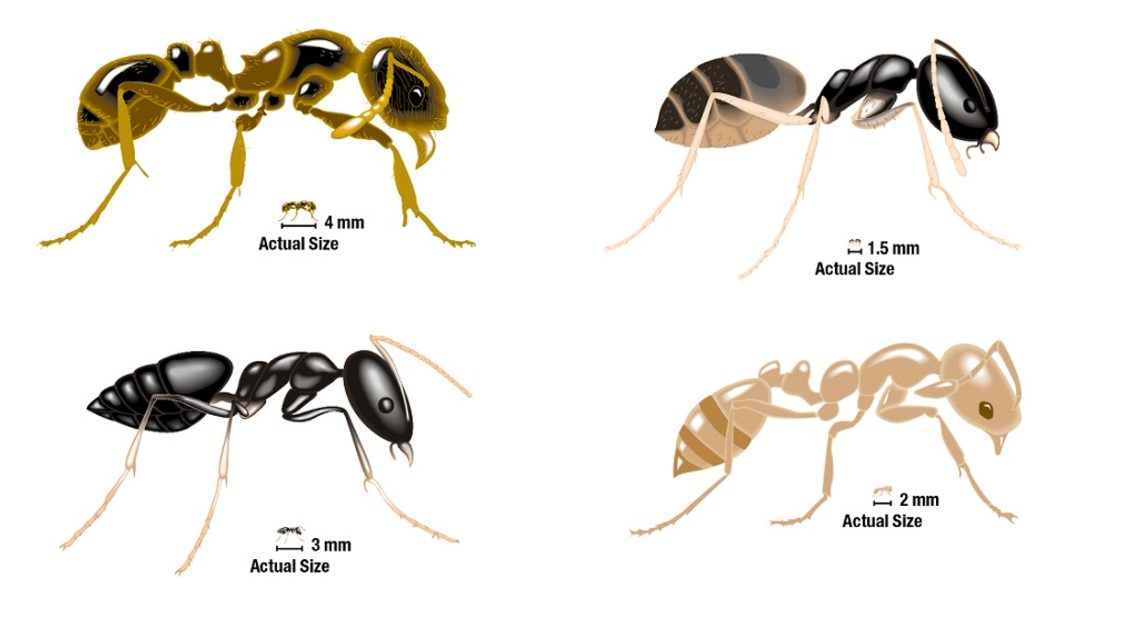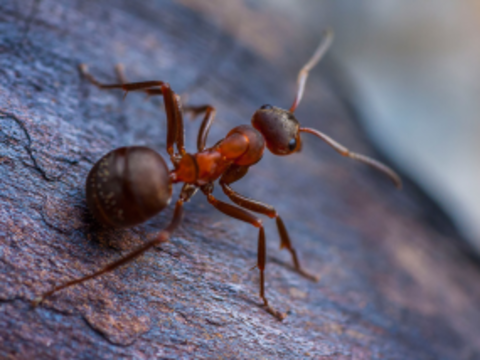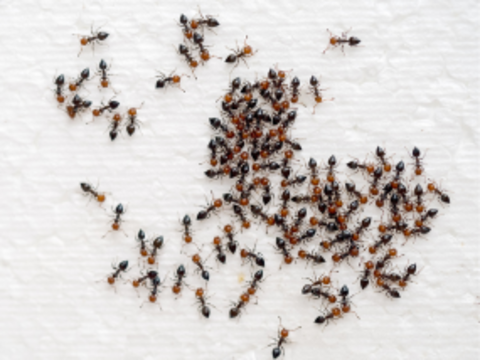Identification is the key to ant control

One of the most challenging tasks facing today’s pest management professional is managing ants in commercial and domestic environments. Ants are huge drivers of pest control business and, when handled with effective techniques, provide a great revenue opportunity.
Managing ants is challenging because they are surprisingly complex insects. Ants are one of the most prolific groups of organisms on the planet, with high diversity ad seemingly endless numbers. Further to this, these large populations can either be polygyne (multi-queen) or monogyne (single-queen) colonies. Such diversity means correct identification requires expertise, as features used to identify ants – such antennal segments, colouration, hairs and spines – often require magnification to see.
Dealing with outdoor ant problems can be particularly challenging as you can be dealing with extremely large populations, sometimes when treating large areas. Equally, it may be about preventing ants entering the building, as they search for nutrients, moisture or to escape unfavourable weather conditions. With ants able to squeeze through the smallest of gaps, they can be difficult to exclude. As such, ant control programs need to be thorough, often requiring a combination of products to be used.
However, as control measures can be species specific, techniques that are effective for one species may be ineffective for another similar-looking ant in the same region. A well trained pest manager must be able to perform basic ant identification in the field and understand effective techniques for the ant species in their region.
Ant identification can be daunting but using a high-quality hand lens is a great place to start. Most later model smart phones have high-resolution cameras with excellent zoom features – a great tool at your fingertips. With practice, it is possible to identify the most common species without magnification once familiar with their general size, colour and behavioural characteristics.
One useful tip is to always have sample-collecting tools on hand (such as methylated spirits and an appropriate container) in case you encounter something unfamiliar. Collecting a sample gives you the opportunity to learn about another species. Various resources are available if you need help identifying an unfamiliar ant.
Once the species is identified, the real work begins – developing a plan to manage the population. Baits are often part of a proposed ant management program and they can deliver colony control. However, it is recommended to have multiple products on hand to allow for testing them in small placements, as preferences and efficacy can vary across species, seasons and regions.
Gel baits and granular baits are effective across a broad range of species, but bait matrices can vary by formulation and may be preferred by some ant species, but not by others. As a result, Syngenta has a range of ant baits available. ADVION® Ant Gel combines food-grade inert carriers, attractants and carbohydrates to enhance its appeal to all key sweet-feeding ant species. Another product, OPTIGARD® Ant Bait Gel, remains highly palatable for at least 14 days and while both products have a broad spectrum of ant species on the label, anecdotally some species prefer one over the other. ADVION® and OPTIGARD® kill not just the worker, but also the queen and colony, reducing call backs and delivering better results for your clients. If ants are still present after that time, this means a new or large colony is present and re-treatment may be necessary. By having both ADVION® and OPTIGARD® on hand, pest managers can be sure they’ll have species preferences covered.
Some baits are highly attractive to specific ant species. ADVION® Fire Ant Bait, for example, has been formulated to appeal to protein-feed ants such as Red Imported and Tropical Fire Ants. Research has indicated that Advion Fire Ant Bait can provide effective colony control in as little as 72 hours and can be used any time of year, keeping areas free of those aggressive, painful and invasive pests.
To prevent ants entering buildings a comprehensive perimeter residual treatment is a must. DEMAND® 100CS Insecticide is effective as a perimeter treatment and also provides control against a range of other common pests. It delivers residual control of up to 12 months indoors and 3 months outdoors. The long-lasting control is delivered courtesy of iCAPTM technology, encasing the active ingredient in a polymer microcapsule. A non-repellent alternative, ARILON® Insecticide can also be used for broad spectrum ant control and works especially well in conjunction with a ADVION® Ant Gel which is also powered by indoxacarb. Once the ants are under control a repellent spray application of DEMAND® 100CS will stop further ingress from external ants.


